After the major fires in road tunnels in 1999, the prevailing opinion was that fire services could do little about tunnel fires. Today, most fire services consider themselves well equipped for this task. Urs Kummer, CEO of the International Fire Academy, and Christian Brauner, head of the Didactics and Development Team, trace the development since 2001.
Urs Kummer: After the fires in the road tunnels of Mont Blanc and Tauern, it was clear to all fire service officers that they too could be confronted with a fire in a tunnel at any time. Accordingly, the cantonal fire service inspectorate thought about how to better prepare for such incidents. Furthermore, the Swiss Federal Roads Office (FEDRO) also set up a task force at an early stage to analyse and subsequently improve safety in its tunnels. As early as May 2000, the Task Force stated: It needs a training tunnel facility for emergency personnel. This report was the trigger for our tunnel project.
Christian Brauner: The driving force behind the tunnel project was Bernhard Fröhlich, Director of the Basellandschaftlichen Gebäudeversicherung (building insurance of Canton Basel and Canton Basel-Landschaft). Under his leadership, the kick-off meeting for the tunnel project took place at the Intercantonal Fire Service Training Centre: coincidentally on 24 October 2001 at 2 pm - a few hours after the fire in the Gotthard Road Tunnel.
Christian Brauner: Just one week after the incident, FEDRO enabled the project group to visit the site and talk to emergency personnel. It led to close contacts that were later continued with the Schadenwehr Gotthard. Ultimately, we processed the incident into a case study for the officer training. The pictures and details from that time still make the drama of the incident immediately tangible today.
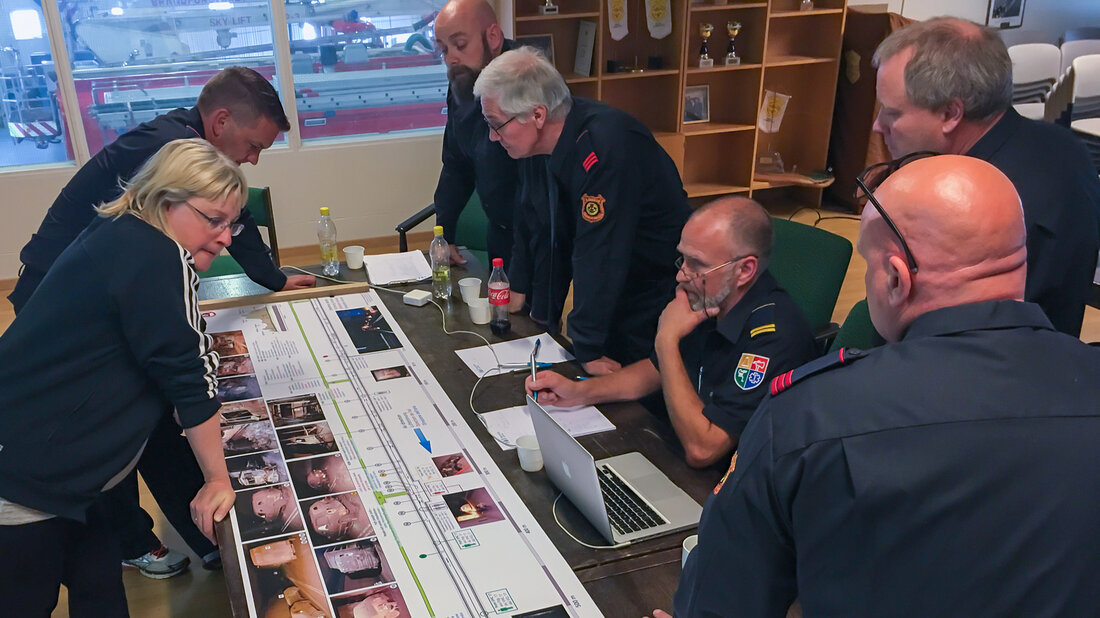
Christian Brauner: Not only in terms of organisation, but also in terms of subject matter, there was still a lot ahead of us. At the beginning of 2002, the prevailing opinion was: In a tunnel with a length of more than 400 m, the fire service can basically accomplish nothing. This meant that we had to develop new tactics and techniques. Nevertheless, first, we had focused on: What should the training tunnel look like? Which scenarios do we need?
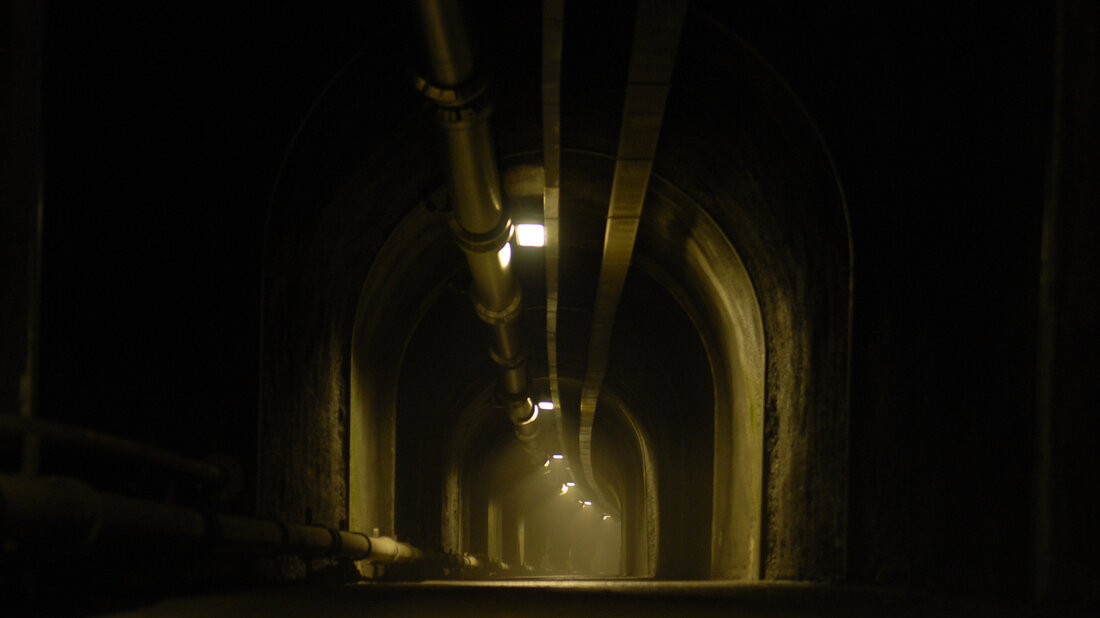
Christian Brauner: First, we evaluated tunnel firefighting operations. We talked to the few comrades who already had experience with tunnel firefighting operations. The key insight was: Build a training facility where fire services can experience the challenge of a tunnel fire under realistic conditions on the actual object.


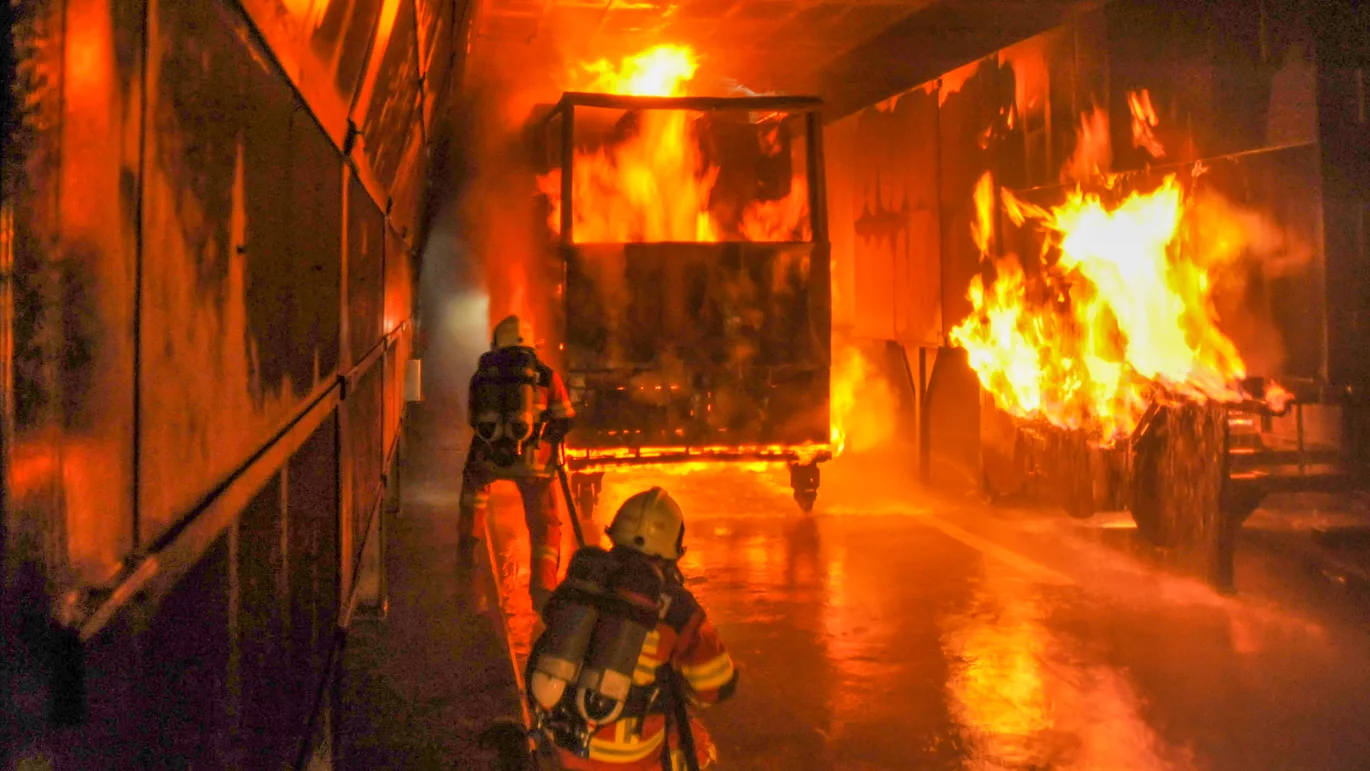
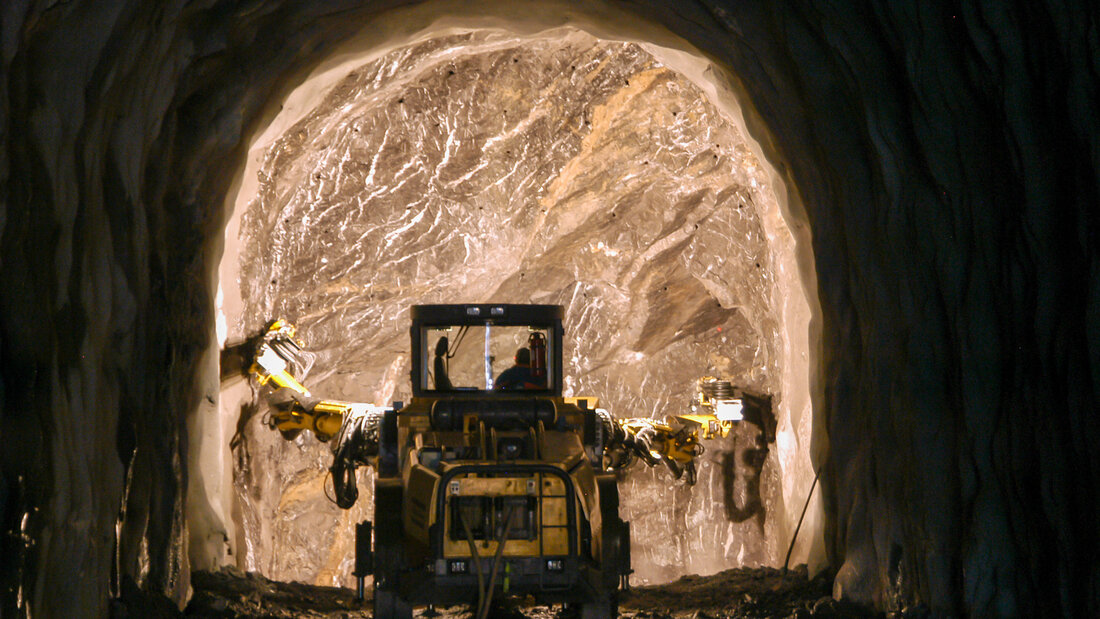
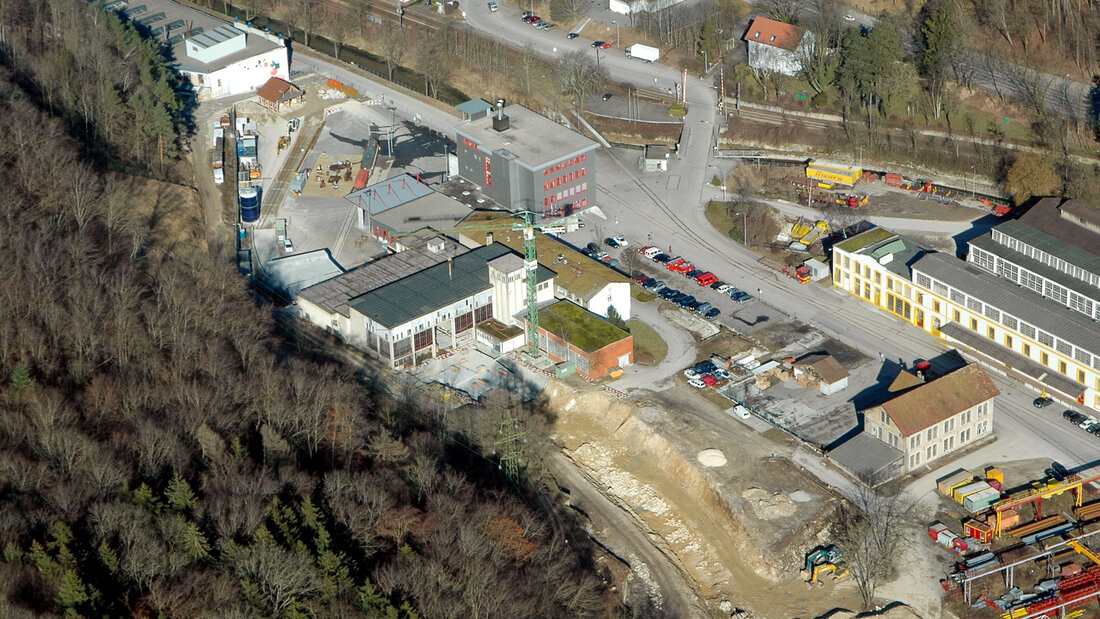
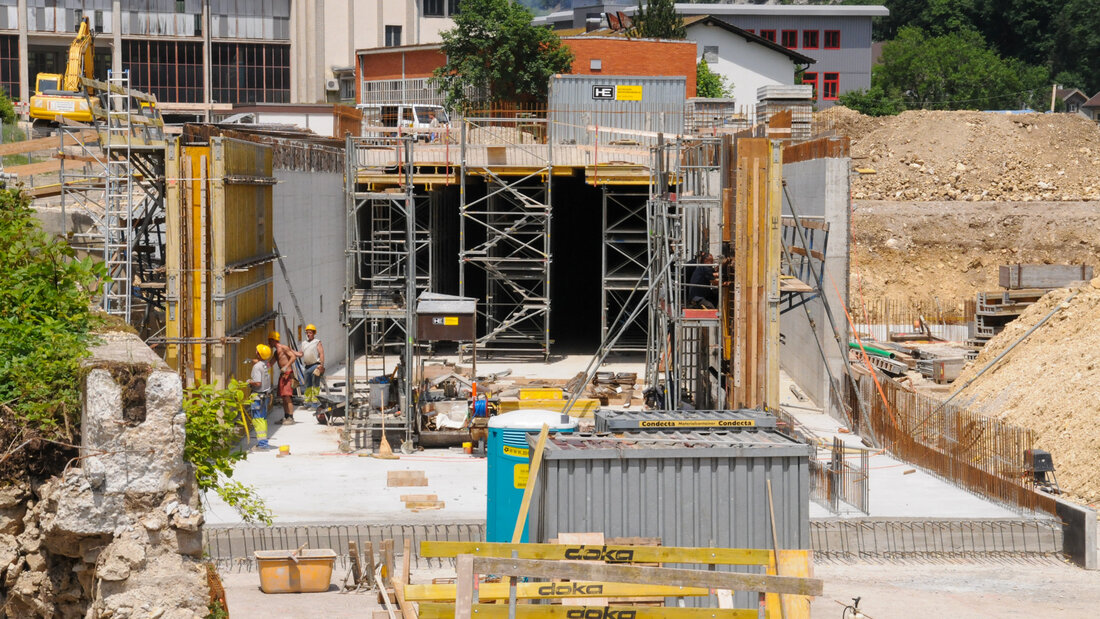
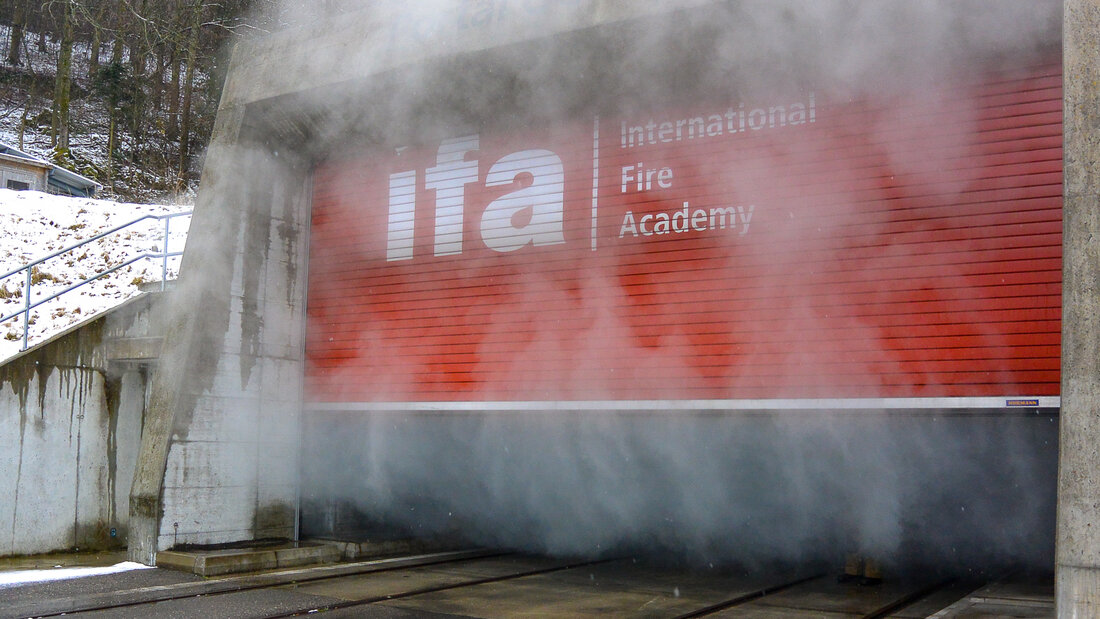
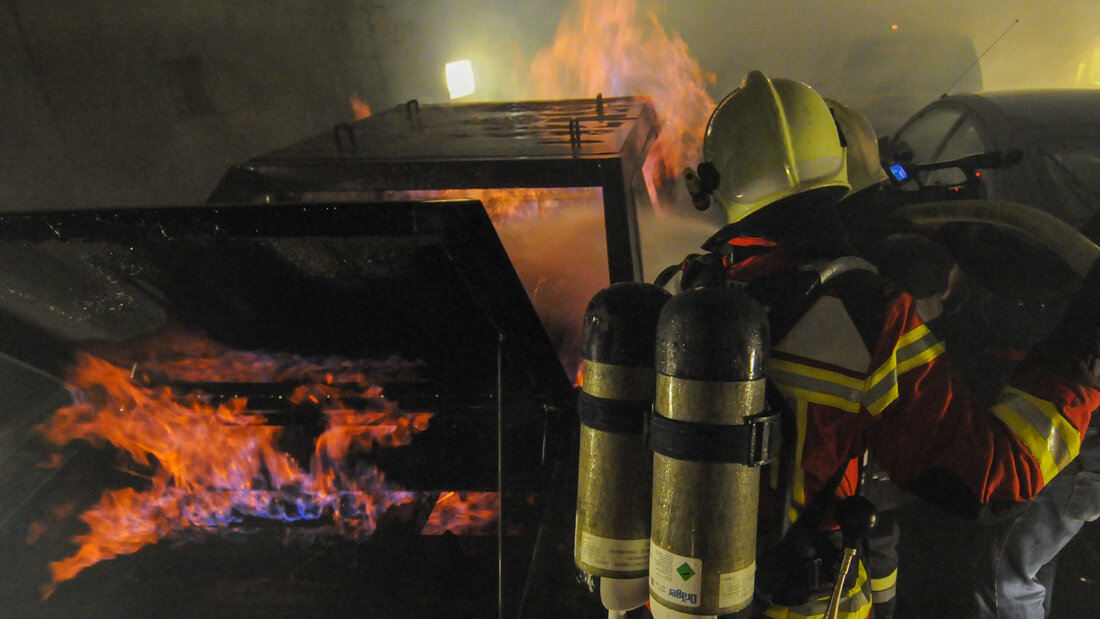
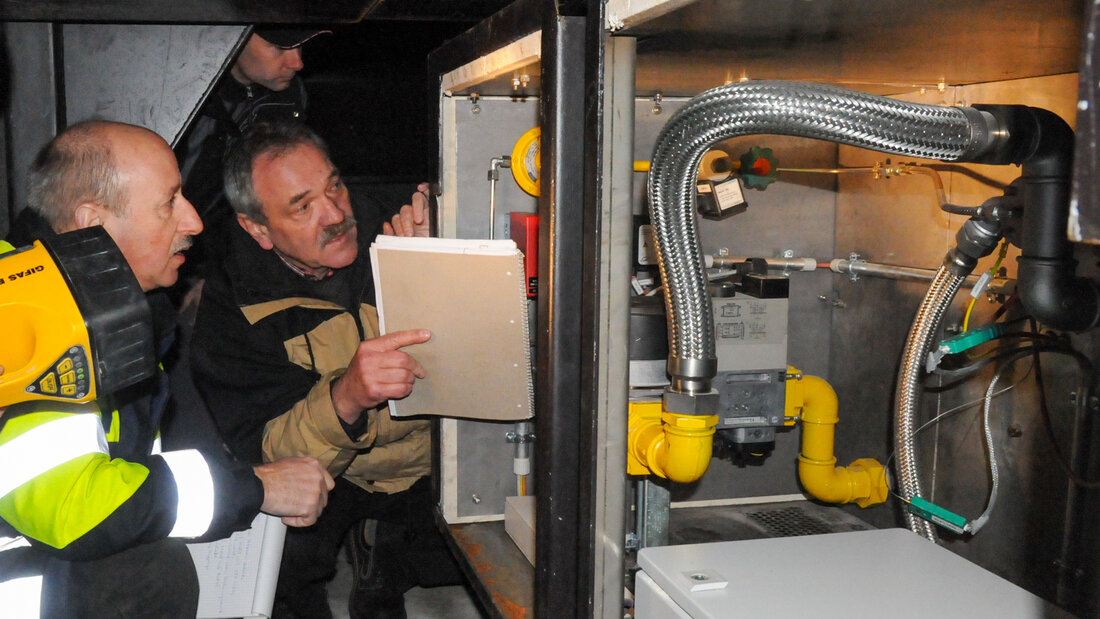
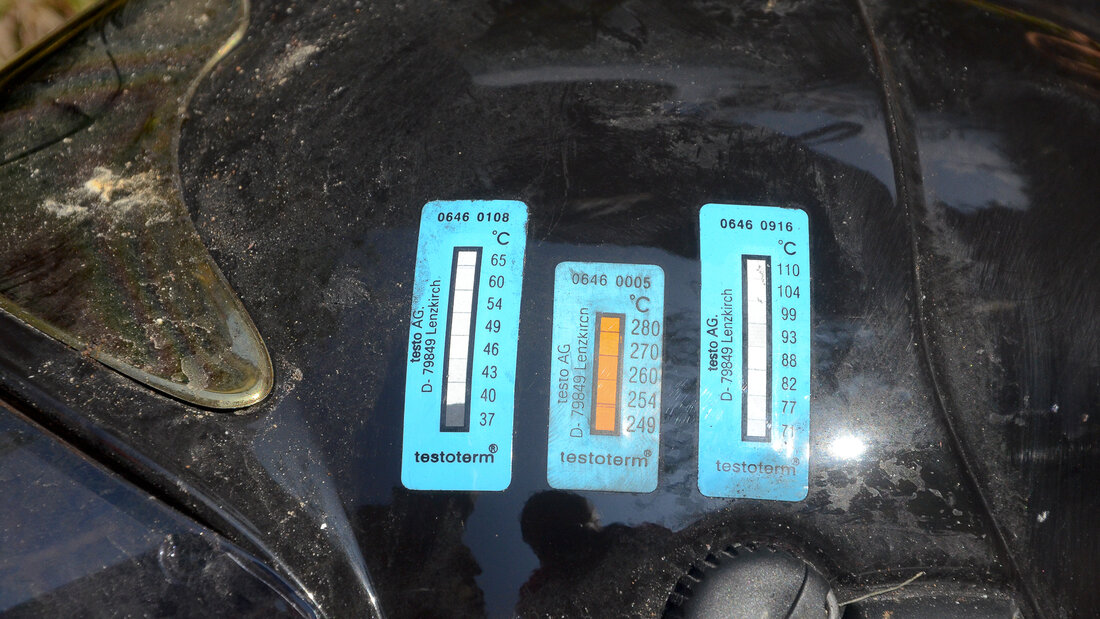
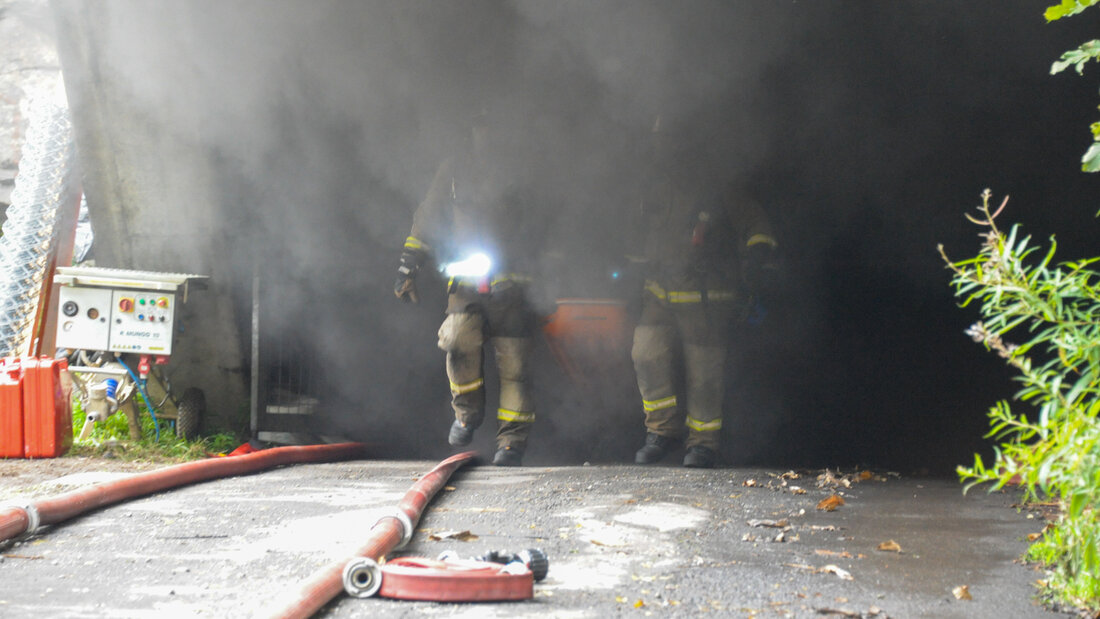
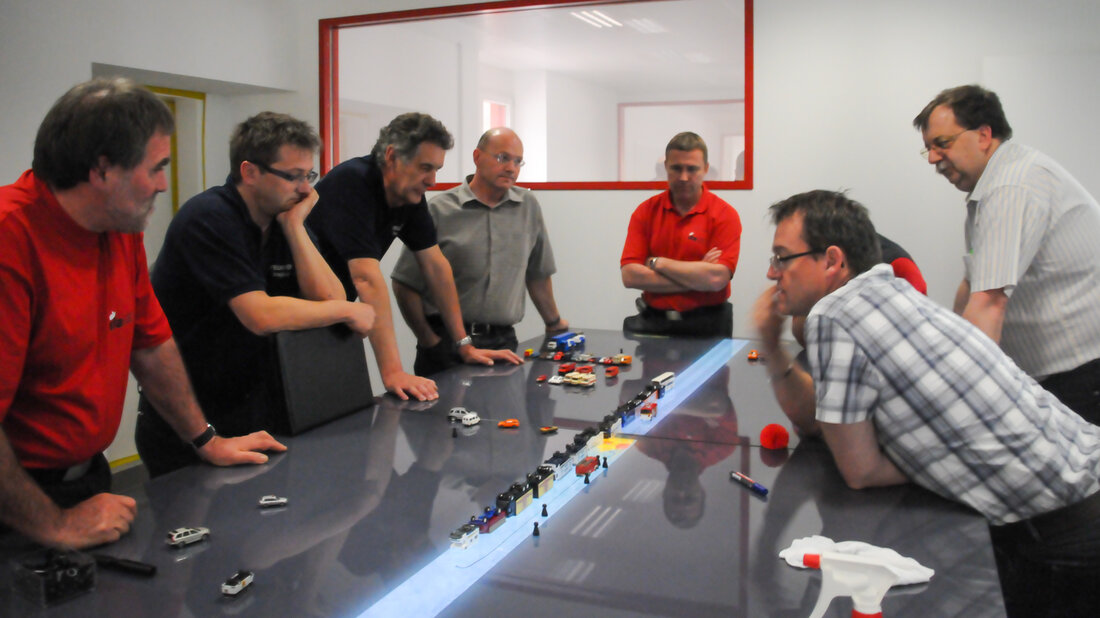
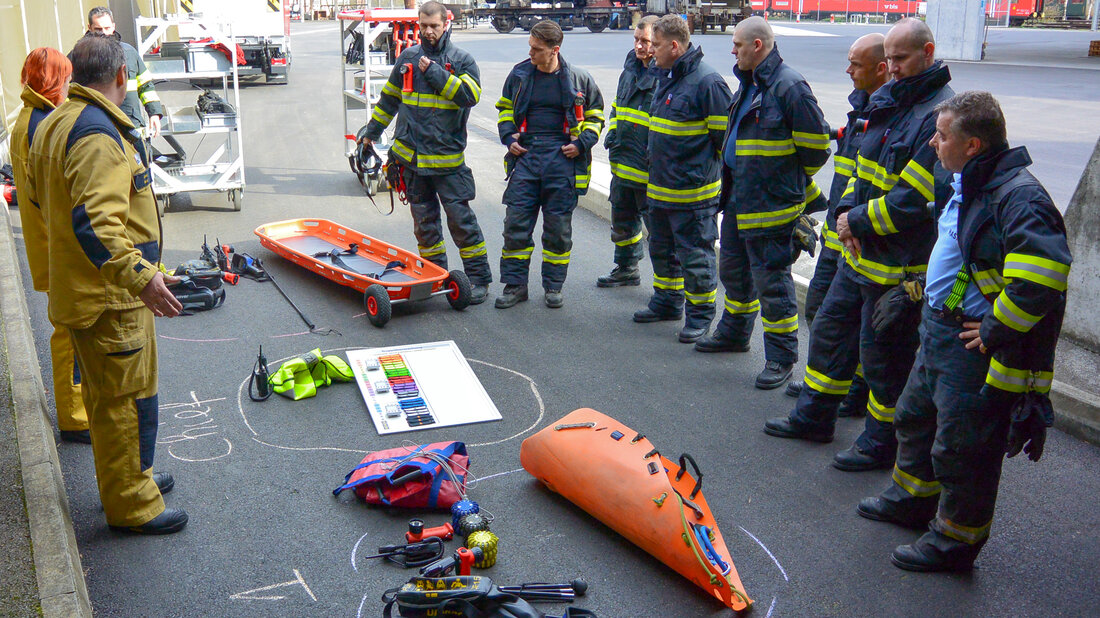
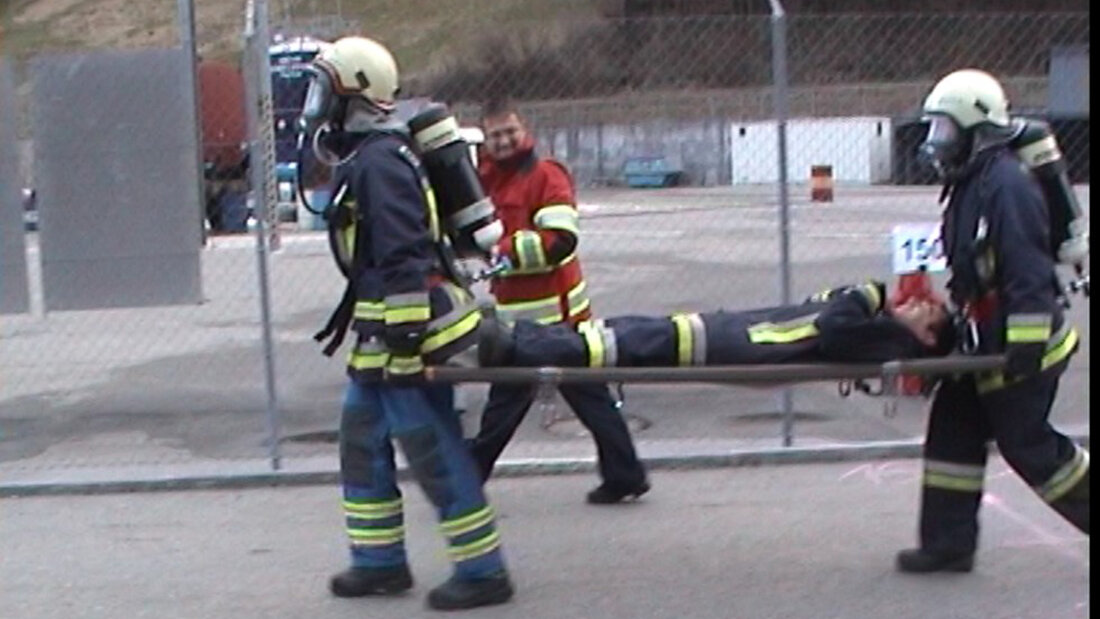
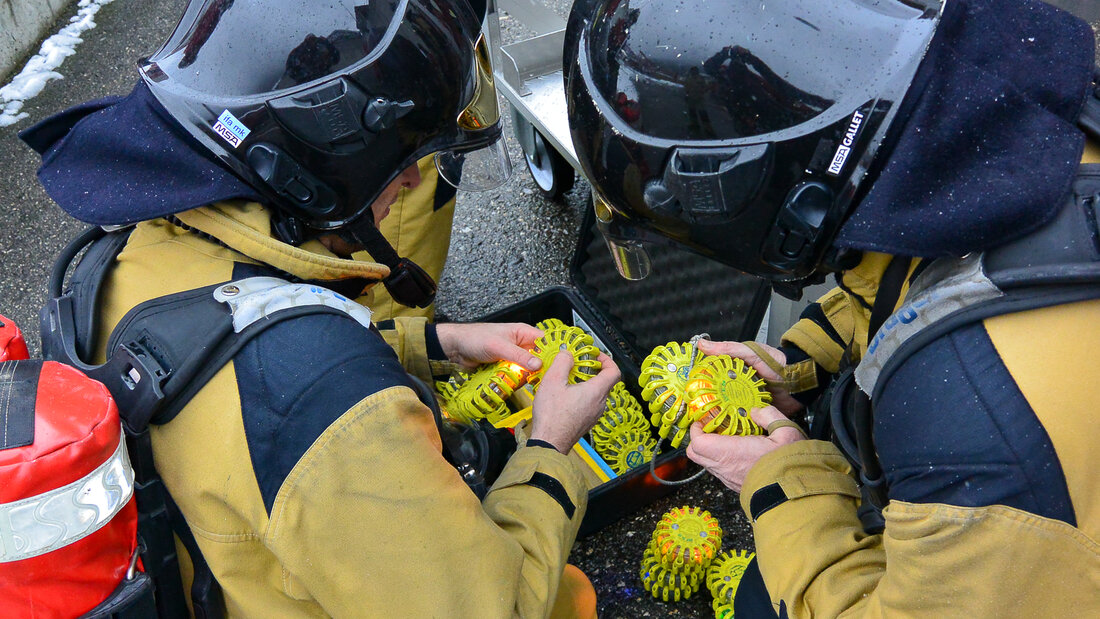
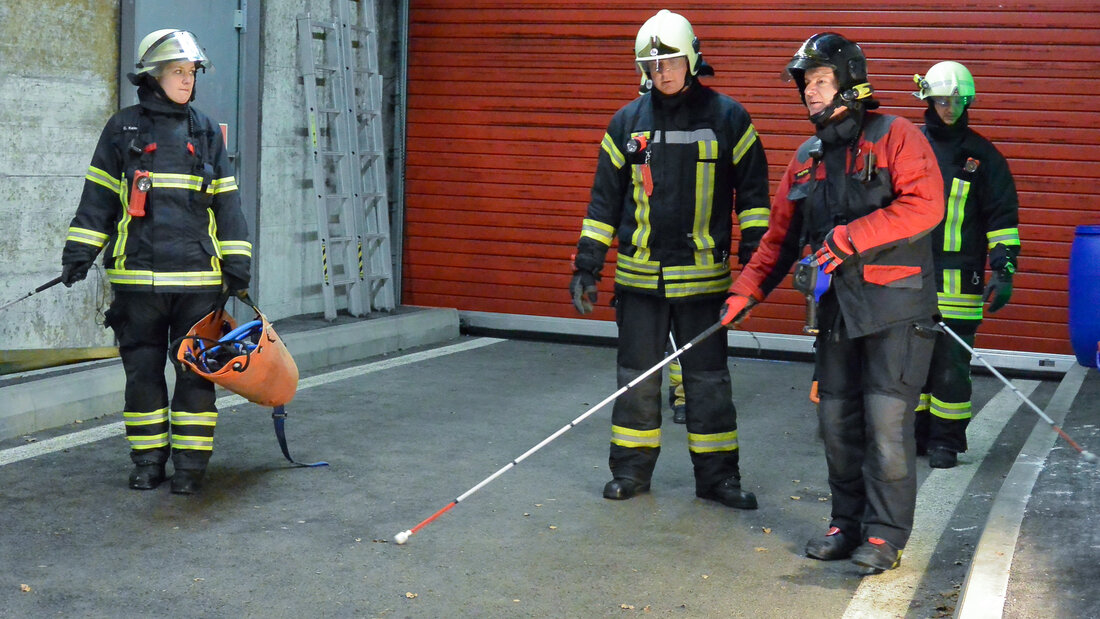
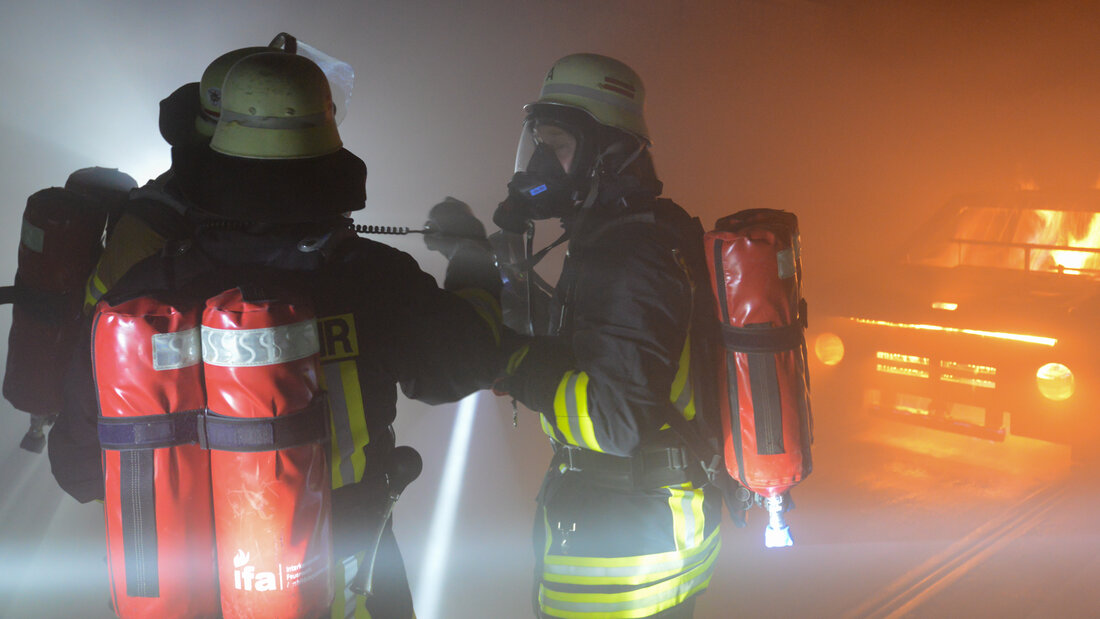
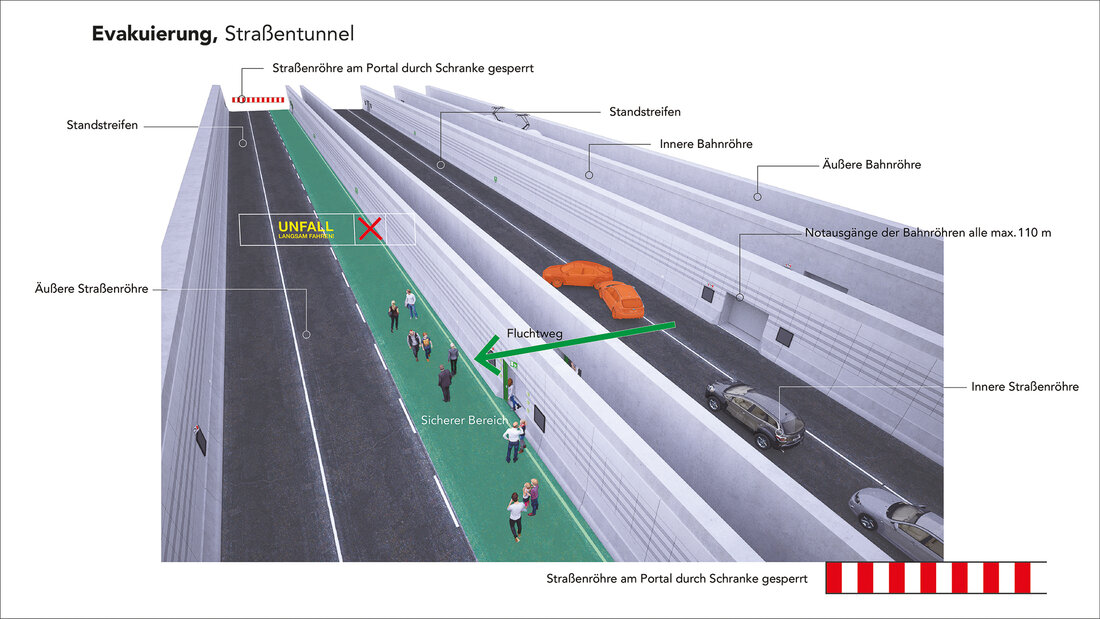
![[Translate to English:] Urs Kummer, Geschäftsführer der International Fire Academy](/fileadmin/_processed_/f/c/csm_ifa_STAFF_001_Staff2020_UrsKummer_109_00c67935b0.webp)
![[Translate to English:] Christian Brauner, Leiter des Didaktik- und Entwicklungsteams der International Fire Academy](/fileadmin/_processed_/4/d/csm_ifa_STAFF_081_Staff2019_ChristianBrauner_7d28fd8175.webp)
